CONTENTS
1. SCOPE
2. APPLICABLE DOCUMENTS
2.1 Government documents
2.2 Non–Government publications.
2.3 Order of precedence.
3. DEFINITIONS
3.4 Parameters.
3.5 Terms used in high angle of attack requirements
4. REQUIREMENTS
4.1 General requirements
4.2 Flying qualities requirements for the pitch axis.
4.2.1 Pitch attitude dynamic response to pitch controller
4.2.2 Pilot–induced pitch oscillations.
4.2.3 Residual pitch oscillations.
4.2.3 Residual pitch oscillations.
4.2.4 Normal acceleration at pilot station.
4.2.5 Pitch trim changes.
4.2.6 Pitch axis response to other inputs
4.2.7 Pitch axis control power
4.2.8 Pitch axis control forces
4.2.9 Pitch axis control displacements
4.3 Flying qualities requirements for the normal (flight path) axis
4.3.1 Flight path response to attitude change
4.3.2 Flight path response to designated flight path controller.
4.3.3 Flight path control power
4.3.4 Flight path controller characteristics.
4.4 Flying qualities requirements for the longitudinal (speed) axis
4.5 Flying qualities requirements for the roll axis
4.5.1 Roll response to roll controller
4.5.8 Roll axis control power
4.5.9 Roll axis control forces and displacements
4.6 Flying qualities requirements for the yaw axis
4.6.1Yaw axis response to yaw and side–force controllers
4.6.2Yaw axis response to roll controller.
4.6.3 Pilot–induced yaw oscillations.
4.6.4Yaw axis control for takeoff and landing in crosswinds
4.6.5Yaw axis response to other inputs
4.6.6Yaw axis control power.
4.6.7Yaw axis control forces.
4.7 Flying qualities requirements for the lateral flight path axis
4.8 Flying qualities requirements for combined axes
4.9 Flying qualities requirements in atmospheric disturbances
5. VERIFICATION
5.1 General requirements—verification
5.2 Flying qualities requirements for the pitch axis—verification
5.3 Flying qualities requirements for the normal (flight path) axis—verification
5.4 Flying qualities requirements for the longitudinal (speed) axis—verification
5.5 Flying qualities requirements for the roll axis—verification
5.6 Flying qualities requirements for the yaw axis—verification
5.7 Flying qualities requirements for the lateral flight path axis—verification
5.8 Flying qualities requirements for combined axes—verification
5.9 Flying qualities requirements in atmospheric disturbances—verification
6. NOTES
APPENDIX A
10. SCOPE
20. APPLICABLE DOCUMENTS
30. DEFINITIONS
3.1 Aircraft classification and operational missions.
3.2 Flight Phase Categories.
3.3 Levels and qualitative suitability of flying qualities
40. REQUIREMENTS
4.1 General requirements
4.1.1 Loadings.
4.1.2 Moments and products of inertia.
4.1.3 Internal and external stores.
4.1.4 Flight Envelopes.
4.1.4.1 Operational Flight Enve
4.1.4.2 Service Flight Envelopes.
4.1.4.3 Permissible Flight Envelo
4.1.5 Configurations and States of the aircraft.
4.1.6 Aircraft Normal States.
4.1.7 Aircraft Failure States.
4.1.8 Dangerous flight conditions.
4.1.9 Interpretation of subjective requirements.
4.1.10 Interpretation of quantitative requirements.
4.1.11 General flying qualities requirements
4.1.12 General flight control system characteristics.
4.1.13 General trim requirements
4.2 Flying qualities requirements for the pitch axis
4.2.1 Pitch attitude dynamic response to pitch controller
4.2.1.1 Long–term pitch response.
4.2.1.2 Short–term pitch response.
A. CAP
B. w sp Tq2 , z sp �tq
C. Transient peak ratio, rise time, effective delay
D. Bandwidth, Time Delay
E. Closed–Loop Criterion
F. Time– and frequency–response criteria by Gibson
4.2.2 Pilot–induced pitch oscillations.
4.2.3 Residual pitch oscillations.
4.2.4 Normal acceleration at pilot station.
4.2.5 Pitch trim changes.
4.2.6. Pitch axis response to other inputs.
4.2.7 Pitch axis control power
4.2.8 Pitch axis control forces
4.2.9 Pitch axis control displacements
4.3 Flying quality requirements for normal (flight path) axis
4.3.1 Flight path response to attitude change
4.3.2 Flight path response to designated flight path controller.
4.3.3 Flight path control power
4.3.4 Flight path controller characteristics.
4.4 Flying qualities requirements for longitudinal (speed) axis
4.4.1 Speed response to attitude changes.
4.5 Flying qualities requirements for the roll axis
4.5.1 Roll response to roll controller
4.5.1.1 Roll mode.
4.5.1.2 Spiral stability.
4.5.1.3 Coupled roll–spiral oscillation.
4.5.1.4 Roll oscillations.
4.5.1.5 Roll time delay.
4.5.3 Linearity of roll response to roll controller.
4.5.4 Lateral acceleration at pilot station.
4.5.5 Roll characteristics in steady sideslip.
4.5.6 Roll axis control for takeoff and landing in crosswinds.
4.5.7 Roll axis response to other inputs
4.5.8 Roll axis control power
4.5.9 Roll axis control forces and displacements
4.6 Flying quality requirements for the yaw axis
4.6.1 Yaw axis response to yaw and side–force controllers
4.6.2 Yaw axis response to roll controller.
4.6.3 Pilot–induced yaw oscillations.
4.6.4 Yaw axis control for takeoff and landing in crosswinds.
4.6.5 Yaw axis response to other inputs
4.6.6 Yaw axis control power.
4.6.7 Yaw axis control forces.
4.7 Flying qualities requirements for the lateral flight path axis
4.7.1 Dynamic response for lateral translation.
4.8 Flying qualities requirements for combined axes
4.8.1 Cross–axis coupling in roll maneuvers.
4.8.2 Crosstalk between pitch and roll controllers.
4.8.3 Control harmony.
4.8.4 Flight at high angle of attack.
4.9 Flying qualities requirements in atmospheric disturbances
4.9.1 Allowable flying qualities degradations in atmospheric disturbances.
4.9.2 Definition of atmospheric disturbance model form.
4.9.3 Application of disturbance models in analyses.
APPENDIX BDETERMINING EQUIVALENT SYSTEMS
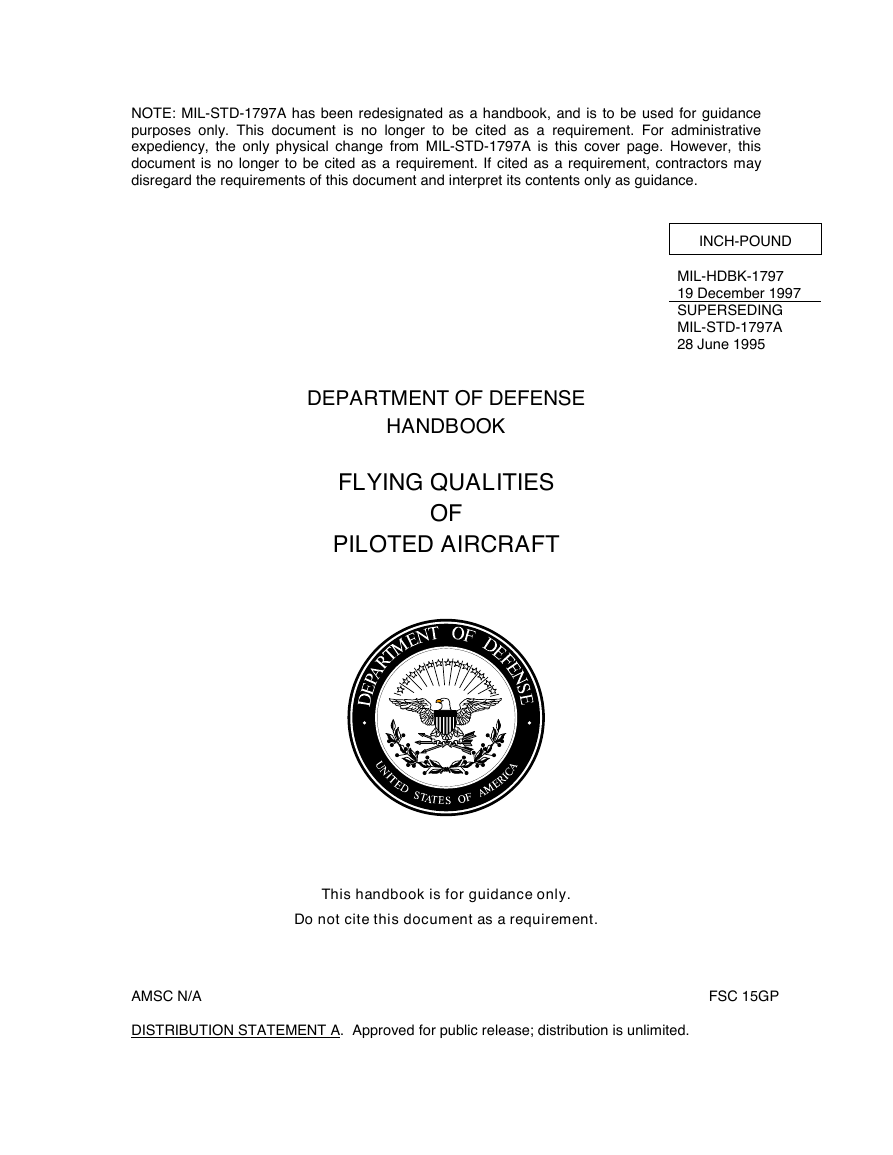
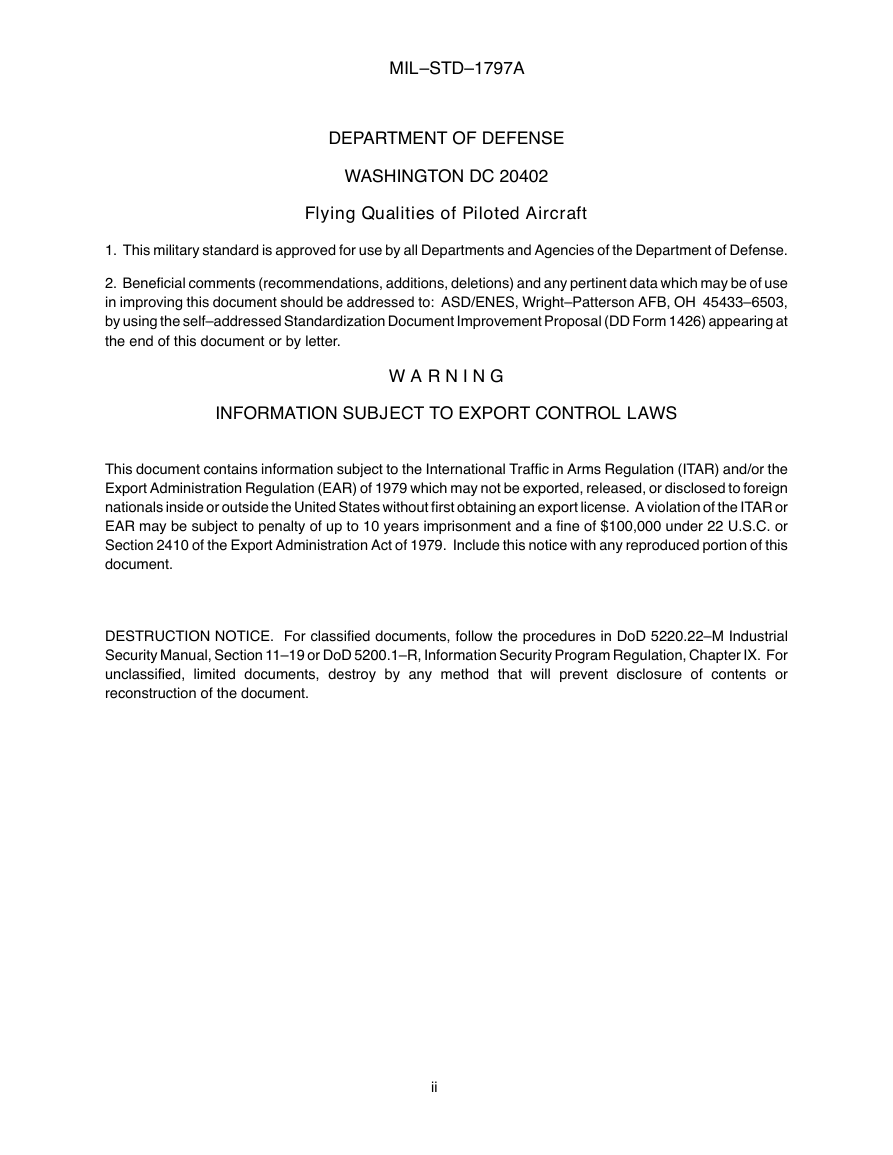
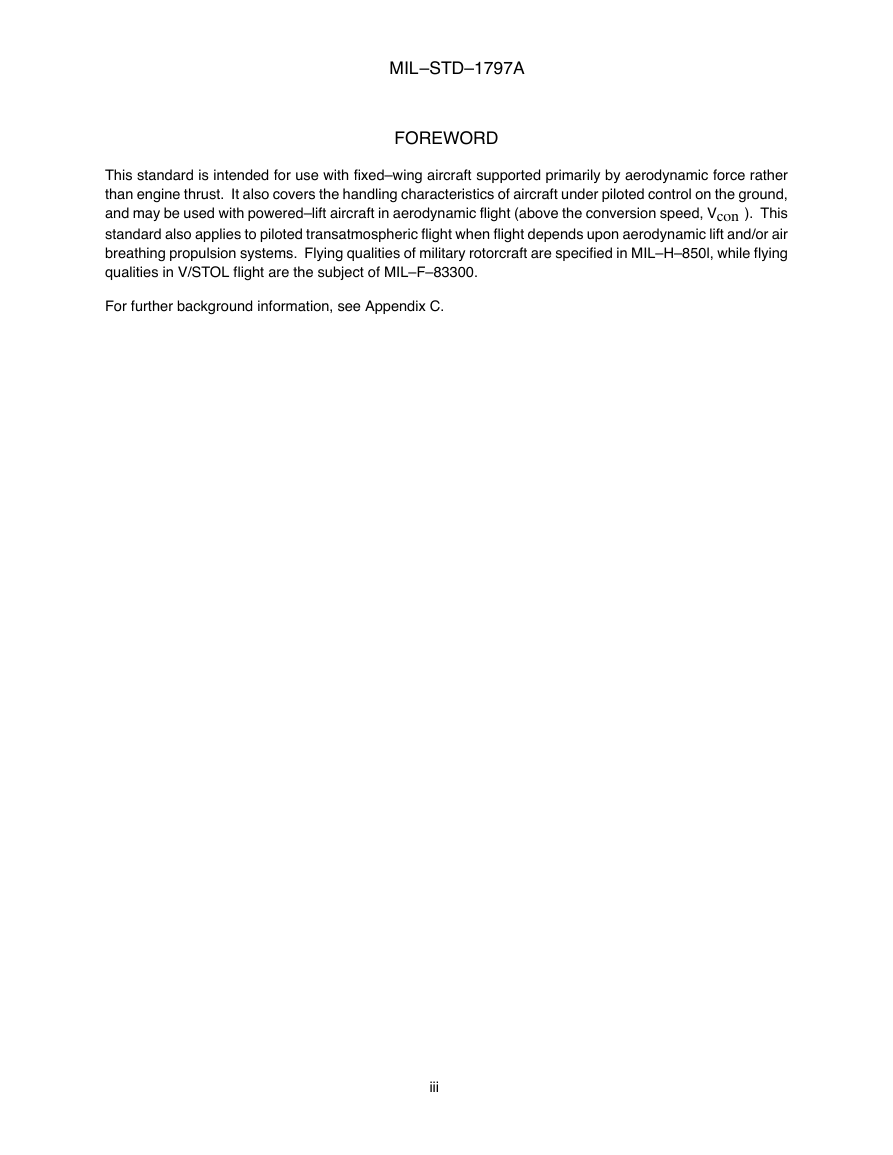
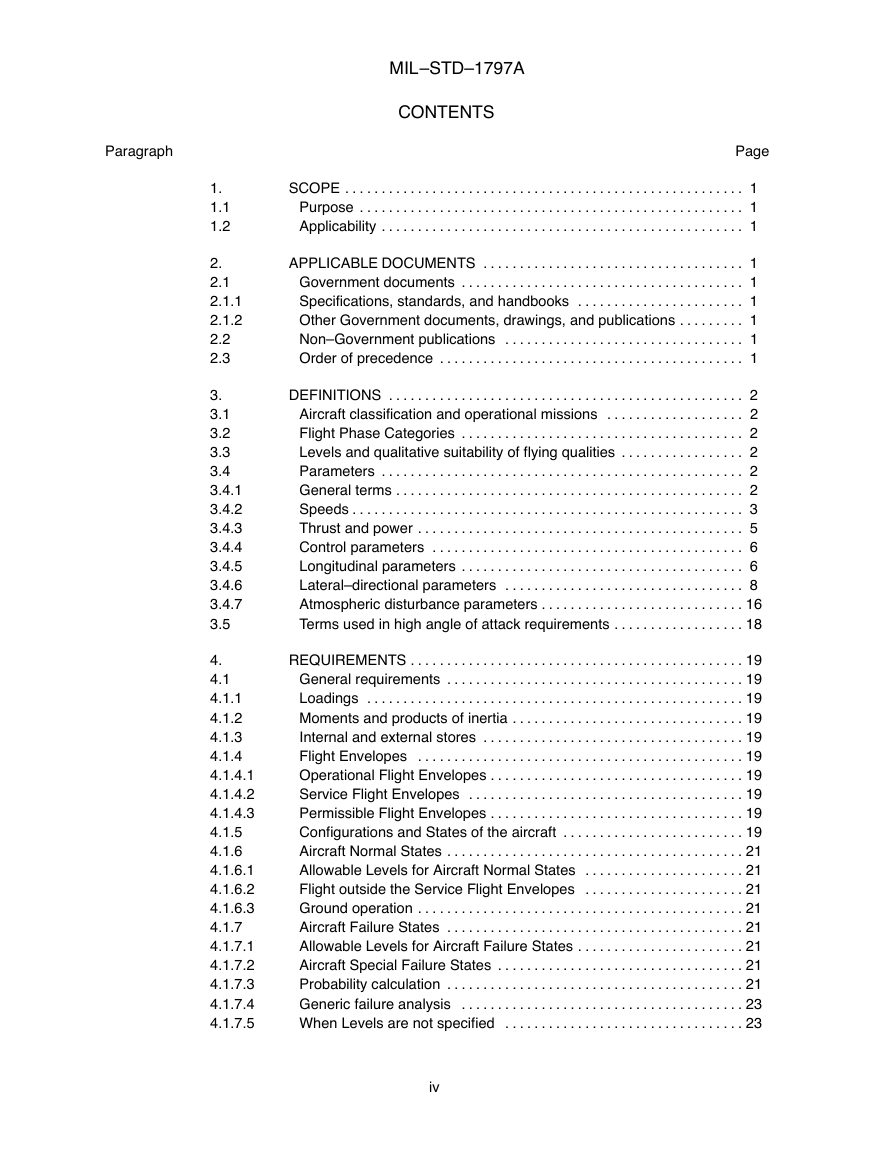
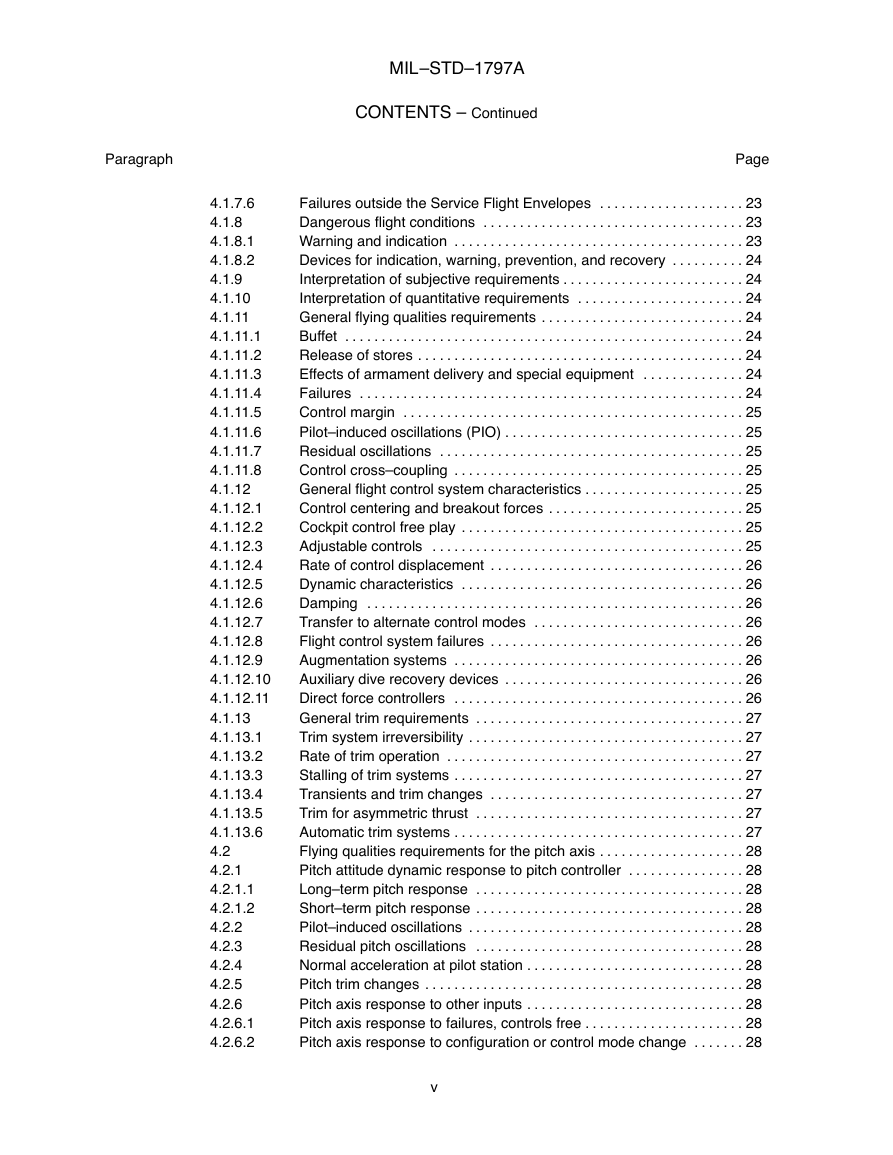
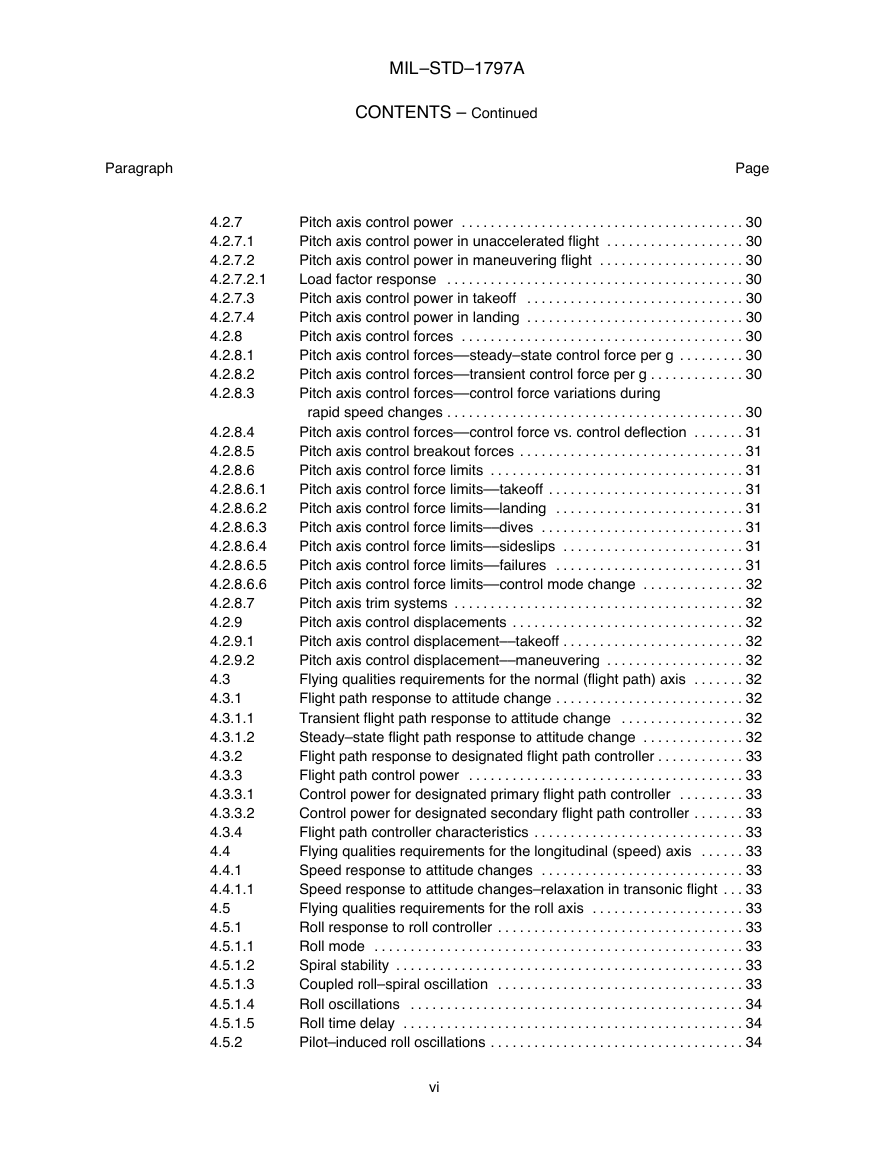
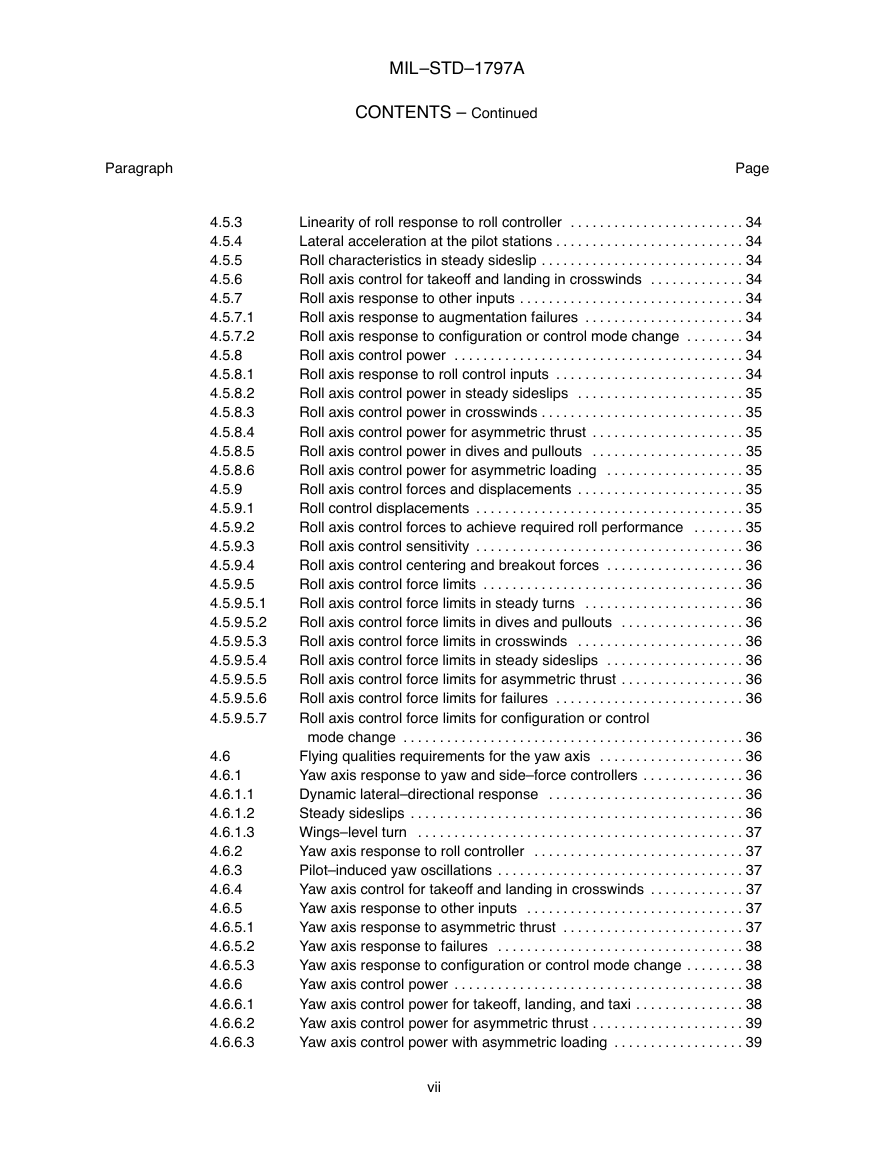
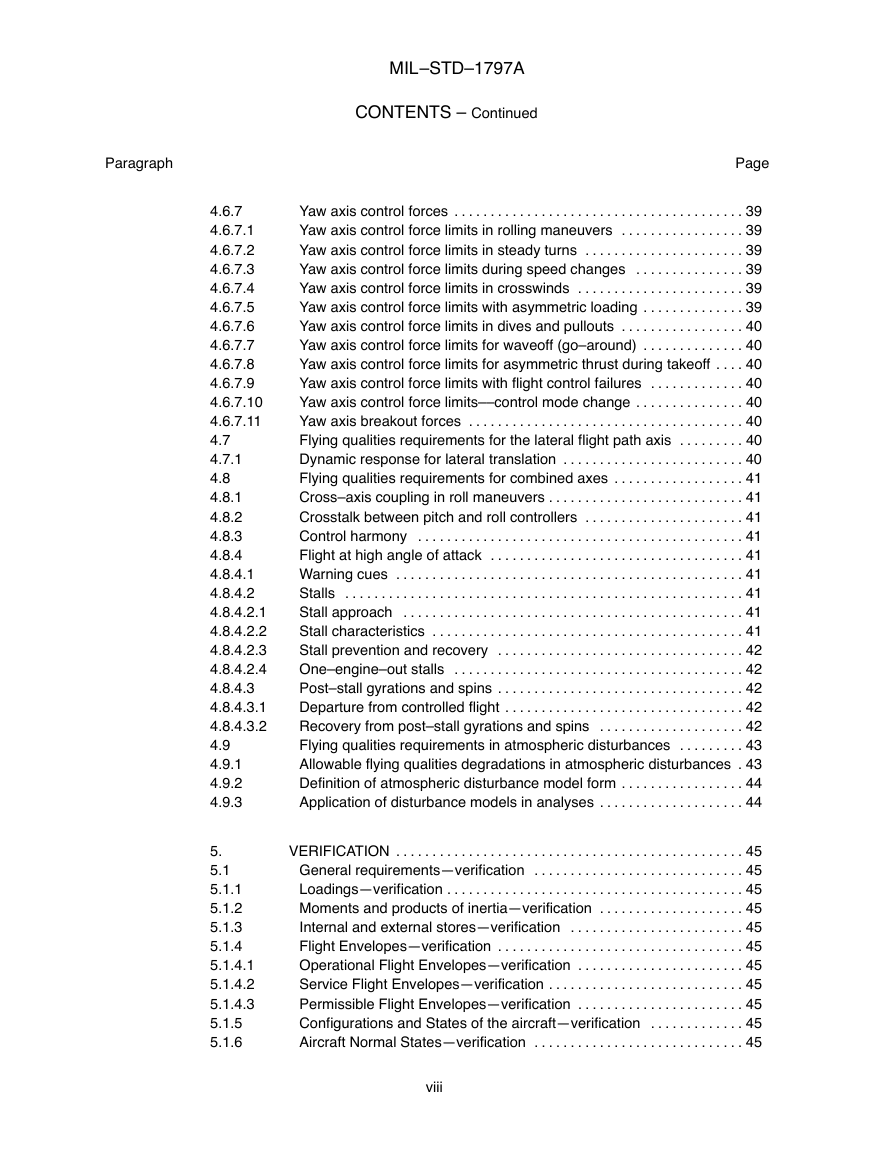








 2023年江西萍乡中考道德与法治真题及答案.doc
2023年江西萍乡中考道德与法治真题及答案.doc 2012年重庆南川中考生物真题及答案.doc
2012年重庆南川中考生物真题及答案.doc 2013年江西师范大学地理学综合及文艺理论基础考研真题.doc
2013年江西师范大学地理学综合及文艺理论基础考研真题.doc 2020年四川甘孜小升初语文真题及答案I卷.doc
2020年四川甘孜小升初语文真题及答案I卷.doc 2020年注册岩土工程师专业基础考试真题及答案.doc
2020年注册岩土工程师专业基础考试真题及答案.doc 2023-2024学年福建省厦门市九年级上学期数学月考试题及答案.doc
2023-2024学年福建省厦门市九年级上学期数学月考试题及答案.doc 2021-2022学年辽宁省沈阳市大东区九年级上学期语文期末试题及答案.doc
2021-2022学年辽宁省沈阳市大东区九年级上学期语文期末试题及答案.doc 2022-2023学年北京东城区初三第一学期物理期末试卷及答案.doc
2022-2023学年北京东城区初三第一学期物理期末试卷及答案.doc 2018上半年江西教师资格初中地理学科知识与教学能力真题及答案.doc
2018上半年江西教师资格初中地理学科知识与教学能力真题及答案.doc 2012年河北国家公务员申论考试真题及答案-省级.doc
2012年河北国家公务员申论考试真题及答案-省级.doc 2020-2021学年江苏省扬州市江都区邵樊片九年级上学期数学第一次质量检测试题及答案.doc
2020-2021学年江苏省扬州市江都区邵樊片九年级上学期数学第一次质量检测试题及答案.doc 2022下半年黑龙江教师资格证中学综合素质真题及答案.doc
2022下半年黑龙江教师资格证中学综合素质真题及答案.doc